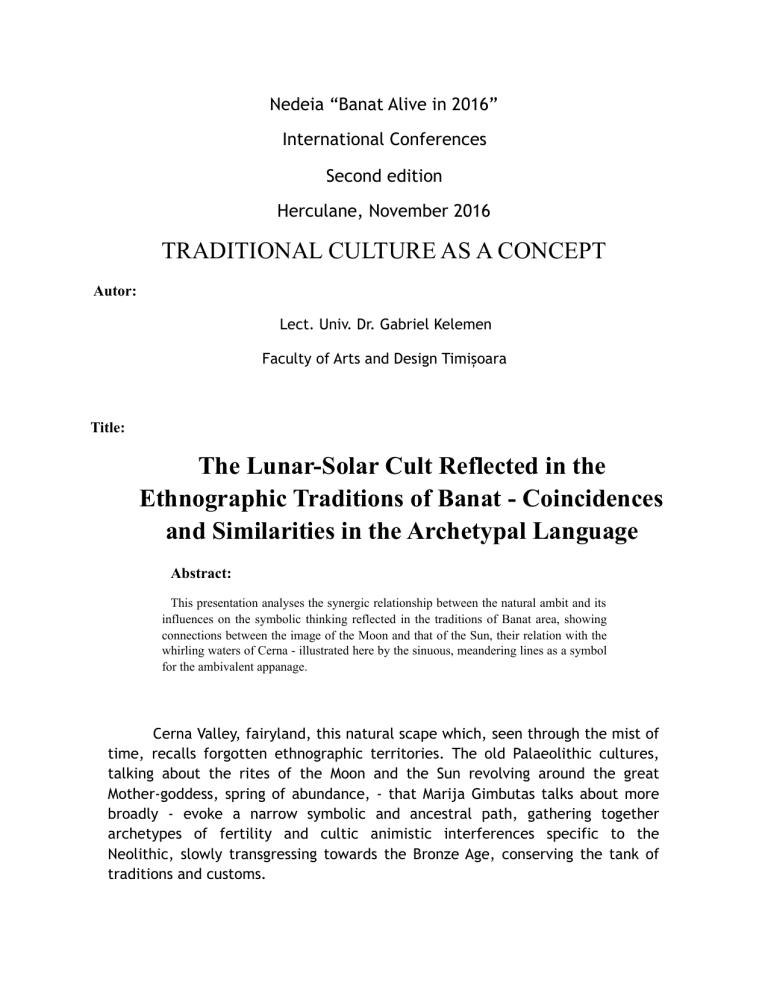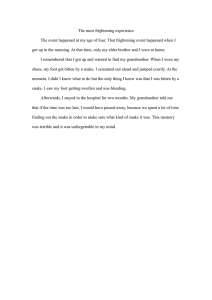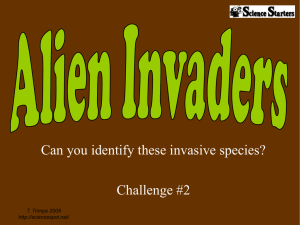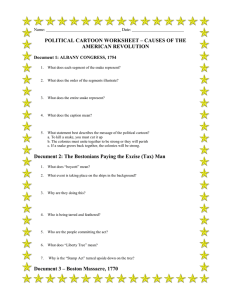The Lunar-Solar Cult Reflected in the Ethnographic Traditions of Banat - Coincidences and Similarities in the Archetypal Language
advertisement

Nedeia “Banat Alive in 2016” International Conferences Second edition Herculane, November 2016 TRADITIONAL CULTURE AS A CONCEPT Autor: Lect. Univ. Dr. Gabriel Kelemen Faculty of Arts and Design Timișoara Title: The Lunar-Solar Cult Reflected in the Ethnographic Traditions of Banat - Coincidences and Similarities in the Archetypal Language Abstract: This presentation analyses the synergic relationship between the natural ambit and its influences on the symbolic thinking reflected in the traditions of Banat area, showing connections between the image of the Moon and that of the Sun, their relation with the whirling waters of Cerna - illustrated here by the sinuous, meandering lines as a symbol for the ambivalent appanage. Cerna Valley, fairyland, this natural scape which, seen through the mist of time, recalls forgotten ethnographic territories. The old Palaeolithic cultures, talking about the rites of the Moon and the Sun revolving around the great Mother-goddess, spring of abundance, - that Marija Gimbutas talks about more broadly - evoke a narrow symbolic and ancestral path, gathering together archetypes of fertility and cultic animistic interferences specific to the Neolithic, slowly transgressing towards the Bronze Age, conserving the tank of traditions and customs. Fig. 1 Vipera Berus - zoomorphic transformations and archetypal coincidences spiral-meanderrhombus. Author: Gabriel Kelemen, 2016 Thus, the fertility associated, on the one hand, with the maternal principle, hatches altogether the flowing water streaming sinuously, vociferating almost melodically among the limestone meanders, eroding pareidolias in the karstic relief, inciting towards the sedimentation of the mytho-fictional causality so specific to the ancient magical thinking, and prior, of course, to the great migrations or the Roman conquests. The symbol of the snake can be found in many representations - scribbled on ritual vases or preserved in the legend of Iovan Iorgovan. It implies a complex archetypal sublayer prior to Christianity or Greco-Roman mythological insertions. Fig. 2 Romanian artefacts (the golden snake of Sarasău) illustrating the perennial and the frequent apparition of the snake in the autochthonous scape Author: Gabriel Kelemen 2016 The Biosphere’s pressure, with its whole edification of the vegetal empire, the Fauna - which used to be richer than it is now - is often neglected; the mimetism infused on the zoomorphic representations - that can be found as symbols conserved in this womb of traditions - derive from this illo-tempore conserving the great traditions grounded in the particular of the area, untroubled by any exterior influences, that are emphasised along with the inevitable transformations, confusing and reconfiguring in a symbiotic way - sometimes abruptly un-cultured - the symbolic structure of the ancestral source. The water wave as dynamic symbol for the secret murmur, the ripple, this untranslatable song that blends venereally with the snake-fish - having phallic connotations. The Viper, among other species often represented in the area of Cerna Valley, becomes an appanage of the Htonian empire. Ophidians are the only inhabitants of the hollows and the unfathomable caves - populated, of course, especially in the carstic area, by stalactites and stalagmites, inciting the primitive imaginarium found in this state of expectation and wonder; the snake is the king, owner of the infernal empire, the underground. He becomes the main negotiator for the right to life and death through his vile venom. The enigma of the fatal bite invites to mystical meditations. The snake gathers around itself mysterious totem-like attributes. The symbolism of the snake indicates, thus, visual connotations associated mainly with the double meander, the serpentine and of course, the spiral. In fact, the zigzag disposition of the rhombs taken over mimetically leads us, without any doubts, to the species of ophidians assigned to the limestone valley, Vipera Berus, Horned Viper etc. Thus, the algorithms of the archetypal language are being articulated at the intersection of sphere and spiral, while the meander, with its sinuous movement, and the serpentine, corresponding to the water snake, appear as dynamic mediators. This appears as the symbolic triad zigzag-circle-spiral: the silver snake - a gleaming wave in the streaming water, the round snake biting its tail, Ouroboros1, the coiled snake, Glykon2, the spiral snake. The multi-valence of the snake can be found in the whole cortege of possible morphologic configurations. This genuine passeisme of the snake motif, that transcends from circle to spiral-in-stand-by, undulation and rhythm, ending up in death, offers great semantic connotations, a sort of proto-symbolic language whose main zoomorphic element is an impressive diversity of artefacts made out of bone, stone or ceramics and, later on, cult objects made of silver and gold, bearing unrivalled beauty and meaning. 1Ouroboros (gr.Oνρoβόρος) is the snake or dragon who bites its own tail, forming a circle, representing the cycle of matter, the continuous transformation, the infinite movement, birth and rebirth, resuming its initial form. 2Glykon Snake - small statue from the 2nd century, discovered on the territory of Constanța and exhibited at the Museum of National History and Archeology, Constanța. The connection between the streaming water and the scale-skinned snake leads to associations with its double nature - the protector (domestic snake) and the killer, owner of venom, malefic, indestructible (Columbaca Fly). The ambivalence of the snake as symbol brings entirely new connotations to the sexual tabus, inciting to insightful reflections on the unfathomable, obsolete land of the multi-millenary tradition that, in its ancestral roots, is the cradle of traditions of old Europe. Bibliography: Vulcănescu, Romulus, Mitologie română, Bucharest, Editorial of the Academy of the Socialist Republic of Romania, 1985 Gimbutas, Marija , Civilizaţie şi cultură, Editorial Meridiane, Bucharest, 1989 Prut, Constantin, Calea Rătăcită - O privire asupra artei populare românești, Bucharest, Editorial Meridiane, 1991





